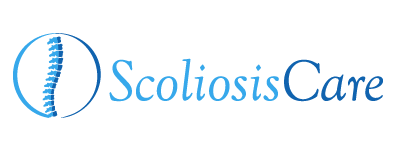24
11 '25
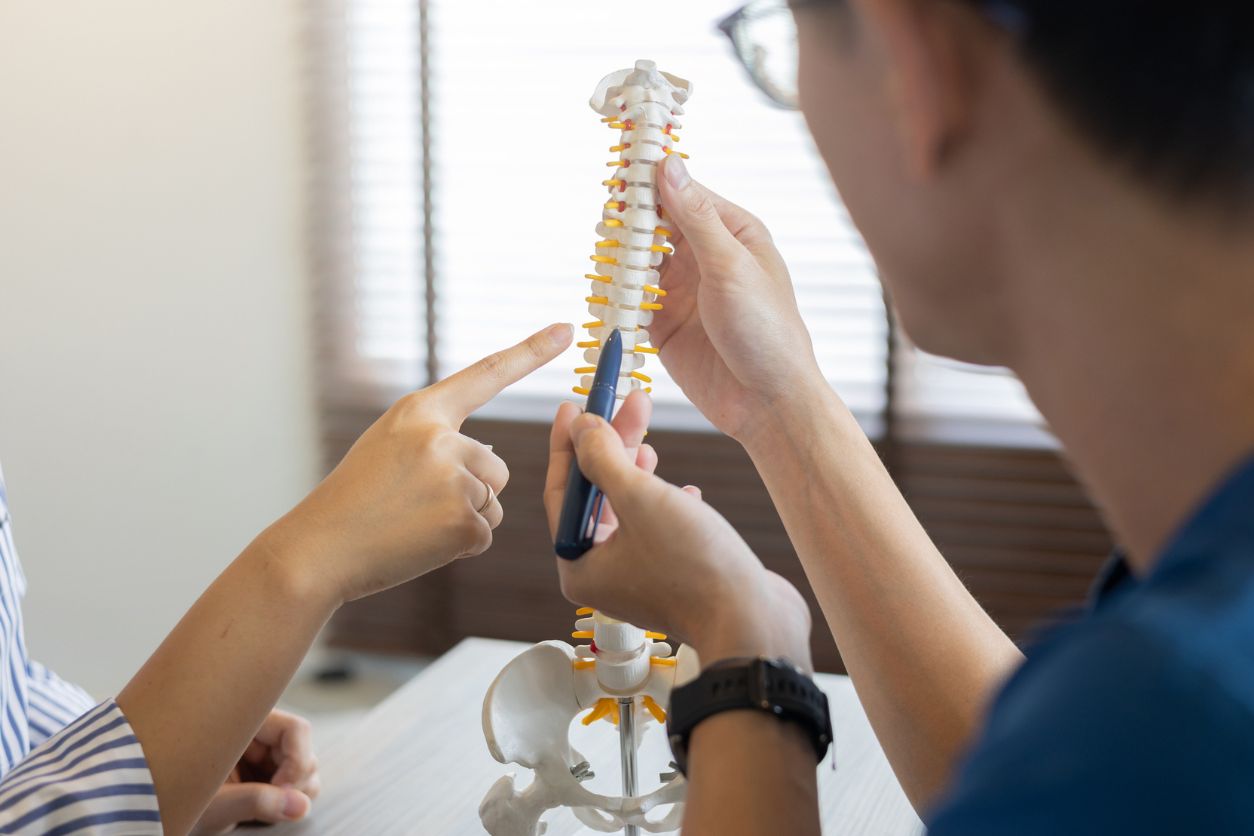
When parents hear the term “rotoscoliosis,” it often raises more questions than answers. While many are familiar with scoliosis (a sideways curvature of the spine), rotoscoliosis introduces an additional complexity that can seem overwhelming at first. The good news is that with proper diagnosis and treatment, most patients with rotoscoliosis can lead active, fulfilling lives….
21
10 '25
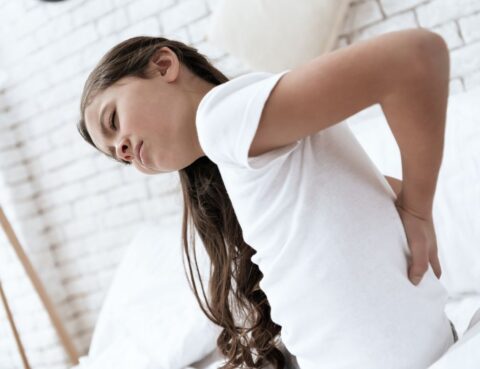
If your child has been complaining about lower back pain, you’re not alone in your concern. While many parents assume back pain is just an adult problem, the reality is that lower back pain in kids is more common than most people realize, and it shouldn’t be ignored. As a pediatric orthopedic surgeon specializing in…
09
09 '25
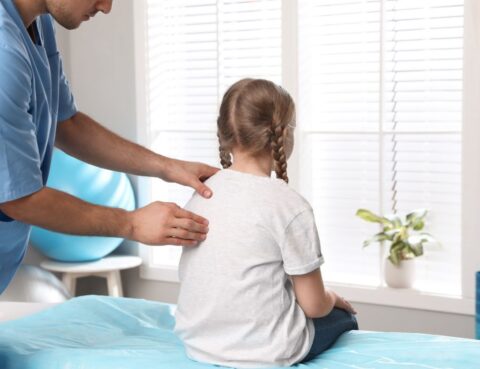
Spinal curves come in many forms, and one that often raises questions is levoscoliosis. Unlike the more common right-sided (dextroscoliosis) curves, levoscoliosis describes a spinal curvature that bends toward the left. When it occurs in the lumbar spine, which is the lower back, it can affect balance, posture, and in some cases, daily function. At…
26
08 '25
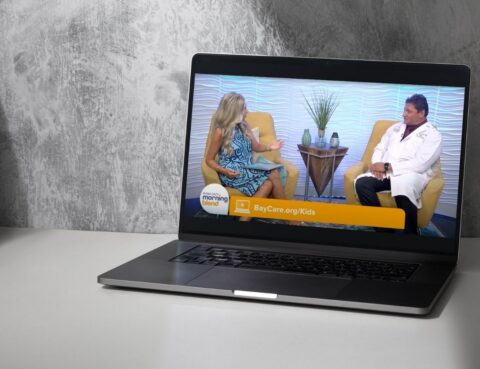
Dr. David Siambanes joined Tampa Bay’s Morning Blend on August 22 to talk about how overloaded backpacks can contribute to chronic back pain in kids, and how it’s more common than many parents realize. In the segment, he shares insights from his large-scale study of nearly 3,500 students, which found that backpack weight and even…
